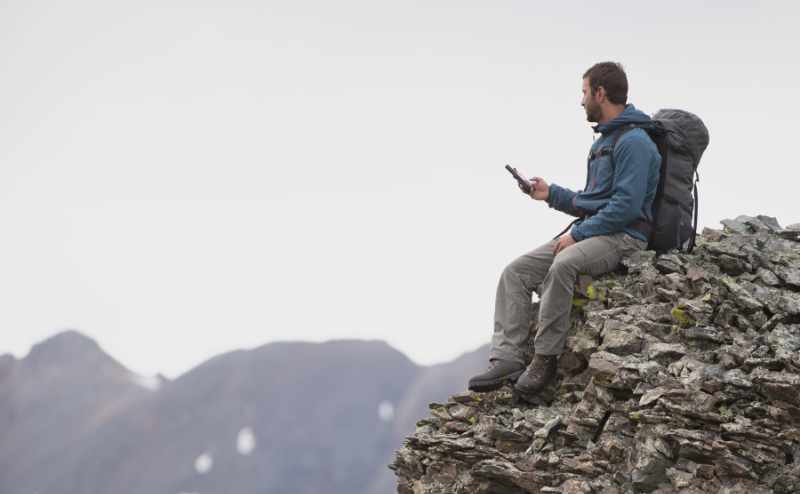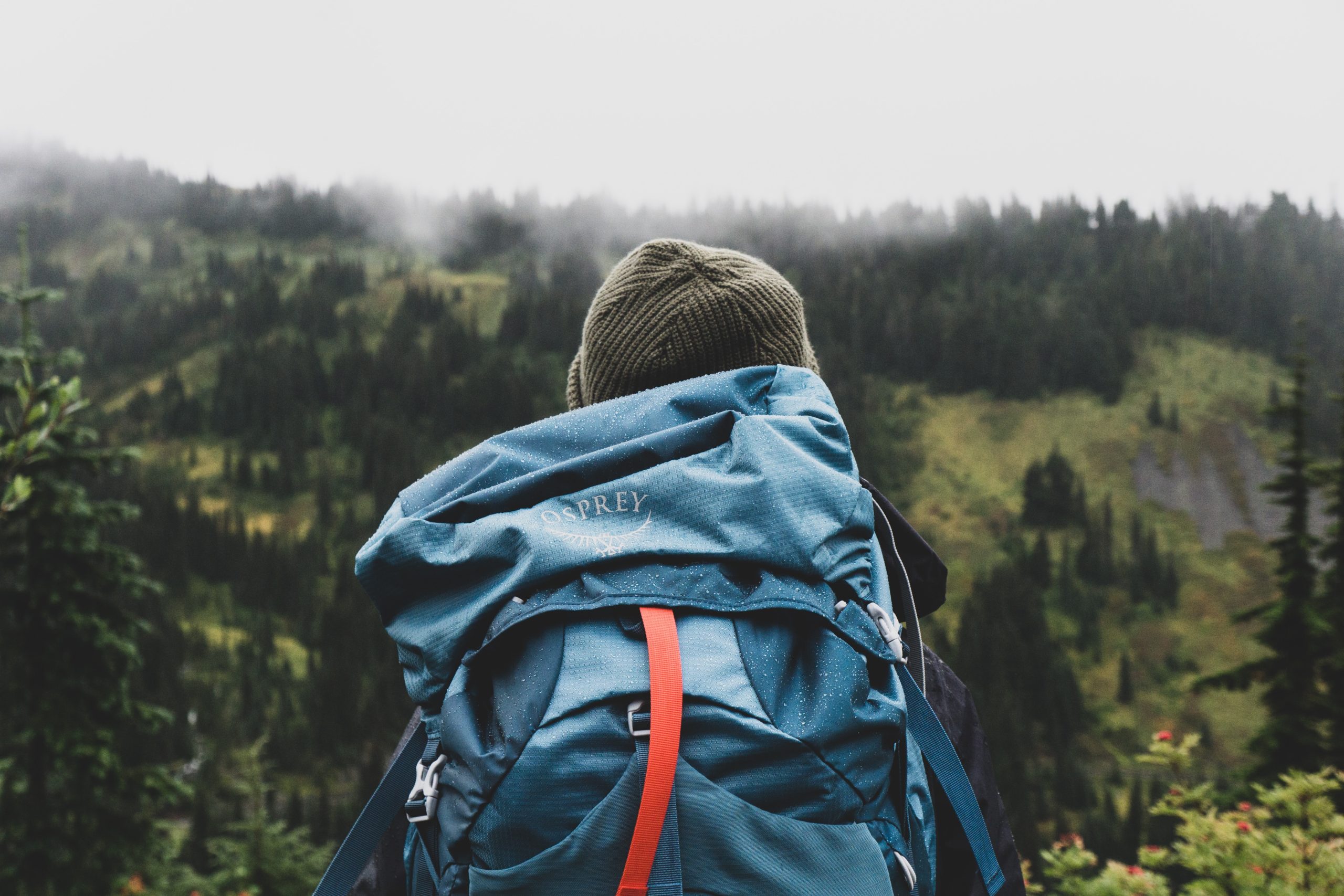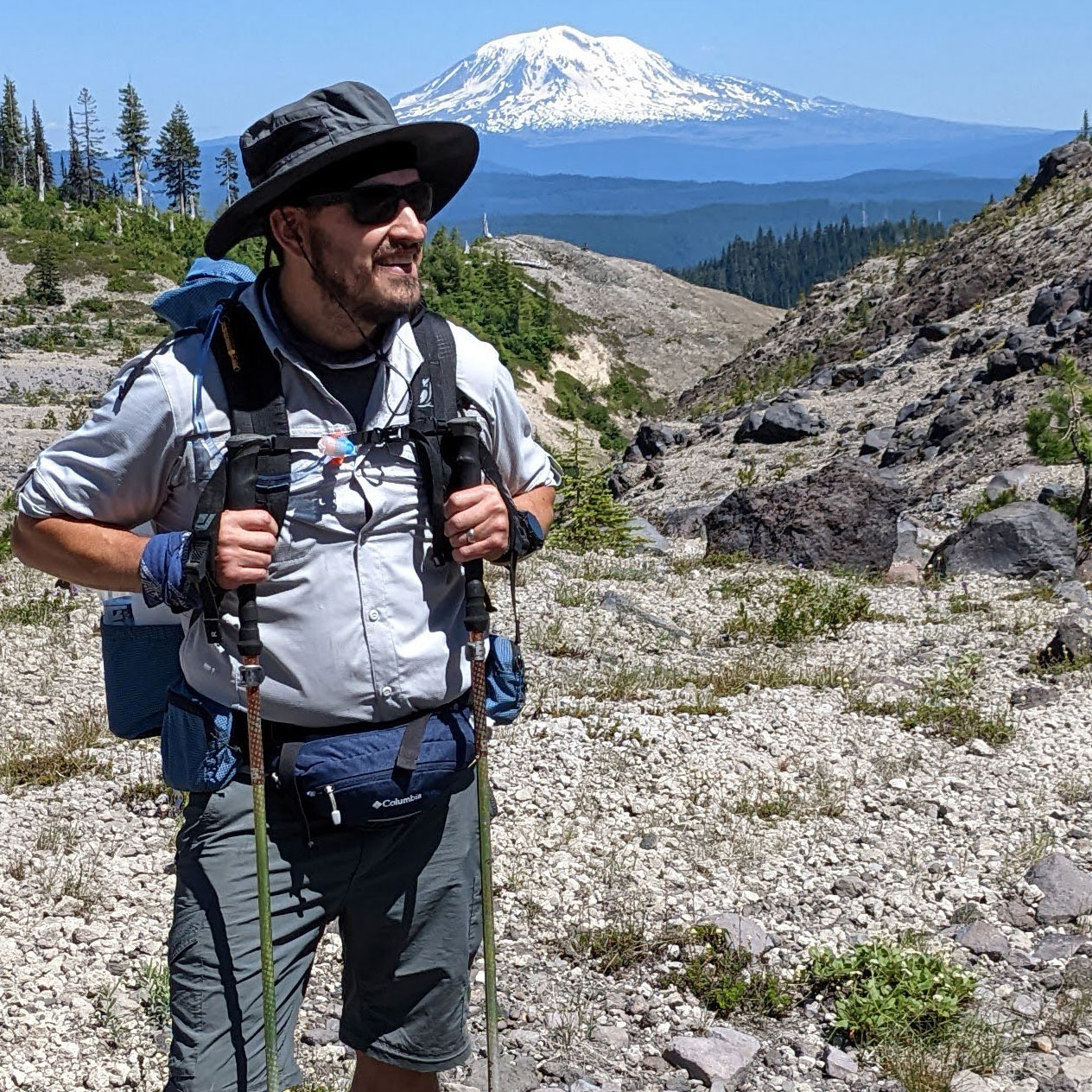The allure of solo hiking is irresistible to many outdoor enthusiasts. The solitude, the freedom to set your own pace, and the chance to form a deeper connection with nature are just a few of the appealing aspects. However, solo hiking also comes with its unique set of challenges, and safety should always be your top priority.
In this article, we’ll delve into the essential safety tips every solo hiker needs to know. From preparation before the hike to dealing with potential dangers on the trail, this guide will equip you with the knowledge you need to enjoy the rewards of solo hiking while minimizing the risks.
Preparation Before the Hiking or Backpacking Trip
Preparation is the key to a successful and safe solo hike. This begins with thorough research on your chosen trail. Familiarize yourself with the terrain, check the weather forecast, and take note of any potential dangers such as river crossings or difficult sections.
Physical preparation is equally important. Ensure you are in good shape for the challenges of the trail, and consider any specific training that might be beneficial, such as strength training for carrying a heavy pack or balance exercises for tricky terrain. Finally, packing the right gear is crucial. Essentials include a map, compass, first-aid kit, multi-tool, headlamp, and enough food and water for your trip.
Navigation Skills
Even with the best-laid plans, getting lost is a risk when hiking alone. Therefore, solid navigation skills are essential. Learn how to read a map and use a compass, and practice these skills before setting out on your solo hike. GPS devices or smartphone apps can be useful tools, but don’t rely solely on technology as it can fail or run out of battery.
In addition to your compass and map, consider bringing along a topographic map of the area. This will provide detailed information about the terrain and can help you find your way if you stray off the trail. Remember, part of staying safe is knowing where you are and where you’re going at all times.
Hiking during Daylight Hours
One of the best ways to ensure safety while hiking alone is to hike during daylight hours. Daylight gives you the best visibility for navigation and makes it less likely you’ll stumble upon potentially dangerous wildlife.
Start your hike early in the day and plan to finish before dusk. This is particularly important if you’re hiking in unfamiliar terrain or if the trail is known to be challenging. If you’re backpacking and camping overnight, aim to set up camp before the sun sets so you can do so safely and comfortably.
Dealing with Wildlife
When you’re hiking alone, it’s even more critical to know how to handle potential encounters with wildlife. Always respect wildlife by observing from a distance and never feeding animals. Understand the wildlife native to the area you’re hiking in and learn how to respond to encounters.
Food storage is a particular concern when it comes to wildlife. Use bear-resistant containers and hang your food, toiletries, and trash properly to avoid attracting animals to your campsite. Remember, your actions can affect both your safety and the wellbeing of the wildlife.
Emergency Preparedness
Despite our best efforts, emergencies can happen. Knowing some basic first aid—how to treat blisters, minor cuts, sprains—is essential. A first aid kit is a must-have in your backpack.
For more serious emergencies, carry an emergency whistle to signal for help. In remote areas, consider investing in a personal locator beacon (PLB) or a satellite communicator. These devices can send distress signals and provide your location to rescue agencies. For me personally, my family needs the reassurance of being able to communicate with me while I’m on the trail if I’m gone for more than 2 days.
I personally use the SpotX device.

The SpotX device, in my opinion, is the best value out of any of the satellite communicators. I’ve compared the Garmin and other devices and this one provides the absolute best value. Sign up and get $30 off service when you use my code!*
Inform Someone of Your Plans
Before you head out on your solo hike, always let someone know your plans. Give them details of your route,where you’re parking, when you’re starting, and when you expect to return.
Establish a “worry time”—a time at which, if you haven’t checked in, your contact should alert authorities. This simple step could be a lifesaver if you get lost or injured.
Coping with Loneliness and Fear
While the solitude of solo hiking can be one of its greatest joys, it can also lead to feelings of loneliness or fear, especially during overnight trips or in remote areas. To cope with these feelings, try establishing a routine to provide a sense of normalcy, such as how you set up your camp, prepare your meals, and how you do your bedtime routine.
Bring along items that give you comfort, such as a favorite book or a journal to write in. Remember why you chose to embark on a solo hike, and embrace the opportunity to connect with nature on a deeper level.
Conclusion
Solo hiking can be an incredibly rewarding experience, offering unique opportunities for self-discovery and connection with the natural world. By following these safety tips, you can confidently hit the trail alone, knowing you’re well-prepared for the journey ahead.
Whether you’re a seasoned solo hiker or just considering your first solo adventure, safety should always be your top priority. With the right preparation, equipment, and mindset, you can safely enjoy all the benefits solo hiking has to offer. Happy trails!
*Please note, I may receive a commission on items on this page should you purchase with my links and/or codes.


